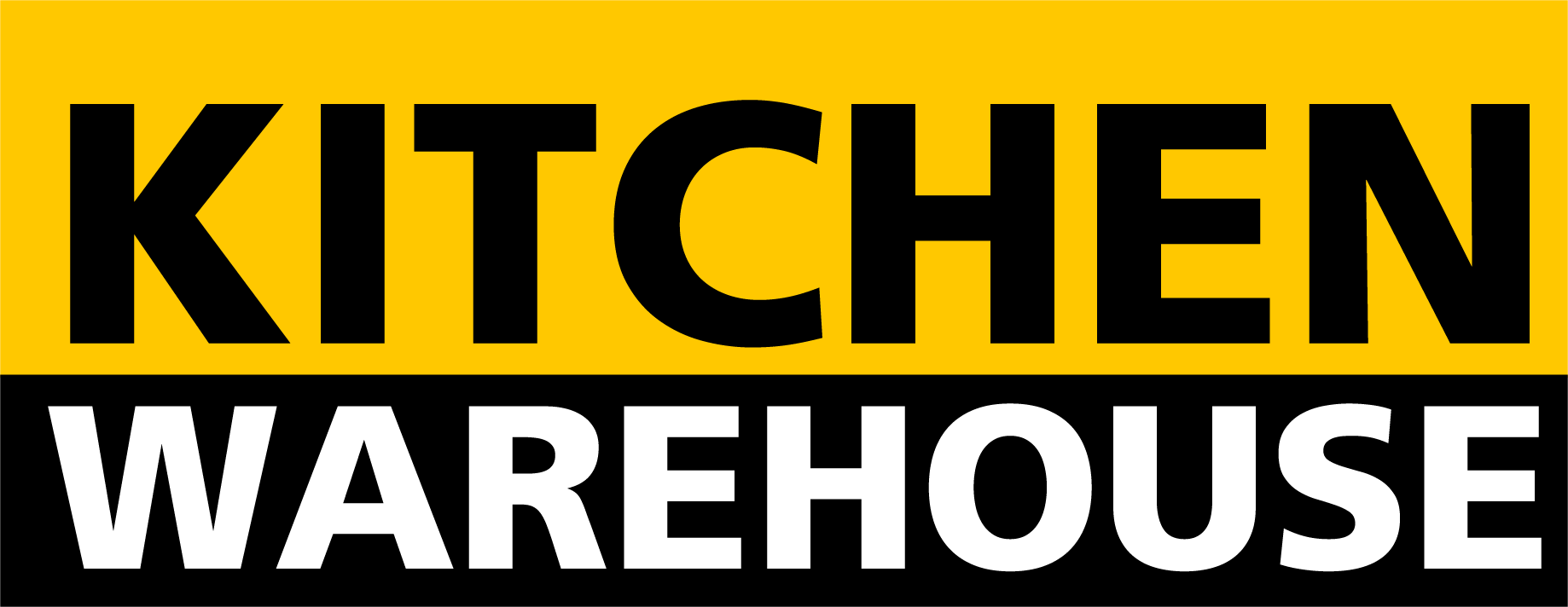The kitchen equipment industry is evolving rapidly, driven by advancements in smart technology, sustainability, and energy efficiency. As we enter 2025, many outdated trends are becoming obsolete due to inefficiencies, regulatory changes, and shifting consumer demands. This article explores the kitchen appliance trends that should be left behind, supported by technical insights, industry data, and alternative solutions for a smarter and more sustainable kitchen.
1. Non-Smart Kitchen Appliances
With global smart home penetration expected to reach 23.5% by 2025 (Statista), non-smart kitchen appliances are becoming redundant. Traditional appliances without connectivity lack features like predictive maintenance, energy optimization, and remote operation, now industry standards.
Why it’s outdated
- IoT-integrated kitchen appliances can reduce energy consumption by up to 30% (Energy Star).
- AI-powered ovens and refrigerators adjust temperature dynamically based on usage patterns, improving efficiency.
Better alternatives
- Smart refrigerators with machine learning-based inventory tracking.
- AI-driven ovens that suggest optimal cooking times and temperatures.
2. Gas Stovetops & Ovens
Induction cooktops are set to replace gas stoves due to superior energy efficiency and environmental concerns. Cities like New York and San Francisco have already enacted gas stove bans in new buildings to reduce carbon footprints.
Why it’s outdated
- Induction cooktops are 90% energy efficient, compared to gas stoves at 40% efficiency (DOE).
- Burning natural gas releases 2.6 kg of CO2 per cubic meter, contributing to indoor air pollution and global warming.
Better alternatives
- Induction cooktops with electromagnetic heating technology for faster, safer cooking.
- Hybrid cooktops integrating induction and radiant heating elements.
3. Single-Purpose Kitchen Gadgets
Devices like popcorn machines, egg cookers, and banana slicers are losing relevance as multifunctional appliances become more advanced.
Why it’s outdated
- 90% of single-purpose gadgets contribute to kitchen clutter and are discarded within two years (Consumer Reports).
- Modern all-in-one appliances save both space and energy.
Better alternatives
- Multi-cookers with pressure, slow cooking, and sous-vide functionality.
- Smart blenders with heating functions for soups and sauces.
4. Manual Refrigeration Controls
Refrigerators with analog dials are becoming obsolete due to inefficient temperature regulation and higher energy consumption.
Why it’s outdated
- Smart refrigerators with adaptive cooling can reduce power usage by up to 40% (Energy Star).
- Poor temperature control leads to 25% more food waste annually (FAO).
Better alternatives
- AI-powered refrigerators with humidity and freshness tracking.
- Energy-efficient models with variable speed compressors.
5. Plastic-Dominant Kitchen Appliances
The environmental impact of plastic-heavy kitchen appliances is becoming a major concern. Many brands are shifting towards sustainable materials.
Why it’s outdated
- 300 million tons of plastic waste are produced globally each year, with kitchen gadgets contributing significantly (UNEP).
- Low-quality plastic components degrade over time, releasing microplastics into food.
Better alternatives
- Stainless steel and recycled aluminum appliances.
- Glass and bamboo-based kitchenware.
6. Traditional Dishwashers with High Water Consumption
Older dishwashers waste excessive water compared to modern models designed for sustainability.
Why it’s outdated
- Standard dishwashers use 4-6 gallons per cycle, while newer Energy Star models use as little as 2.5 gallons.
- AI-powered dishwashers optimize water flow based on load size and soil level.
Better alternatives
- Ultrasonic dishwashers that clean using microbubble technology.
- AI-driven dishwashers with auto-dosing detergent systems.
7. Overly Complex Smart Appliances with Poor UX
While smart technology is the future, poorly designed interfaces hinder usability and consumer satisfaction.
Why it’s outdated
- 70% of consumers find smart appliances unnecessarily complex (J.D. Power Study, 2024).
- Poor UX leads to the underutilization of advanced features, making smart capabilities redundant.
Better alternatives
- Intuitive voice-controlled appliances.
- AI-driven adaptive interfaces that simplify settings based on user behavior.
Conclusion
Leaving behind outdated kitchen appliance trends in 2025 is essential for embracing efficiency, sustainability, and advanced technology. Moving towards smart, energy-efficient, and multifunctional solutions ensures a more sustainable and cost-effective future for homeowners and the industry alike. As regulations and consumer expectations shift, investing in cutting-edge appliances will be the key to modern, future-proof kitchens.


